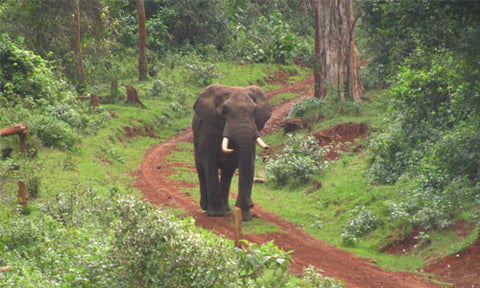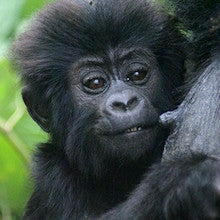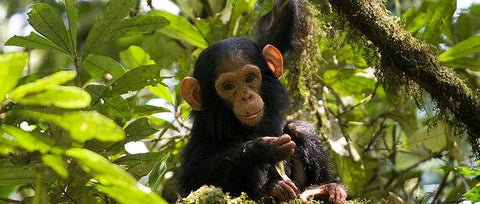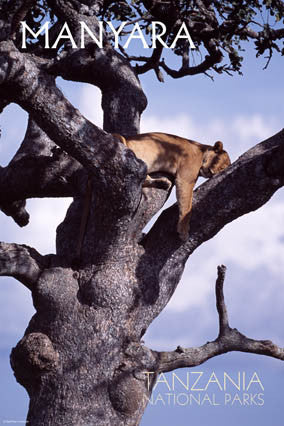Despite being just over 150 sq miles, Amboseli is home to over 50 species of mammal and 400 species of birds many of which live in and around the swamps. These are fed all year round by underground rivers from Kilimanjaro. The dry lake does however provide a spectacular site; there is an extremely convincing mirage which shows an expanse of water, complete with birds and animals drinking from and reflected in it. Probably the most famous inhabitants are the elephants.
Bird life in Amboseli is variable, to get the most from it you need to be there when parts of the park are still flooded or Lake Amboseli actually exists. For the hardy traveler this means the rainy seasons (March-May and Oct-Dec). If you don't mind getting wet and maybe getting stuck in the mud this can be the best time to visit Amboseli. If you (like us) prefer to stay dry, then go just afterwards. Several parts of the park (including Lake Amboseli) become flooded and large numbers of wildfowl and other wetland birds move in. During and just after the October-December rains the local birds are joined by migrants from the Northern hemisphere, sometimes in fairly large numbers, and bird watching around the swamps and impromptu lakes can be very rewarding. The Sinet causeway is good spot when the area to either side of it is flooded, and it's fairly quiet as most vehicles just drive across it on their way to the more popular areas for the big game. The drives around the swamps are generally the most profitable both for big game and birds although the parks popularity with tourists means that any bird that is at all shy generally leaves the more popular (with tourists) parts of the park fairly quickly. Equally some of the areas that aren't so good for big game can be ideal for a nice, quiet spell of birding and may also provide a chance to see some of the shyer mammals such the Serval.
Getting to Amboseli is fairly straightforward (if bumpy) from Nairobi. It's also possible to drive straight from Tsavo West to Amboseli, although most tour operators take on an armed police guard for the trip. We've made the trip a number of times never seen any sign of trouble and will undoubtedly make the trip again, but it's probably wise to err on the side of caution if you're traveling self-drive. Arrange for a guard, travel in convoy or take the Nairobi road. Getting to Amboseli from the West is virtually impossible. Amboseli looks to be fairly close to the Maasai Mara but the road layout means that you really have to go back up to Nairobi and then South again - reckon on about 12 hours if you want to do it.
There is plenty of accommodation in and around the park. We've stayed at both the Amboseli Serena and Ol Tukai lodges. For birding within the Lodge grounds Ol Tukai has to be the winner. The Serena has a pretty good view which includes the edge of the Enkongo Narok swamp but the grounds are small and ornamental. Ol Tukai has larger grounds which are mostly grass and trees. A reasonable number of birds come in to the grounds and at night the fence posts are used by nightjars as perches from which to hunt insects.
If you want a trip away from most of the other safari buses, then just North of Amboseli, in a wildlife dispersal area, is a small conservation area called Eselenkei. Recently opened, it's owned by the local Maasai and only permits 8 tourists per day. As a result the animals there are shyer and much less accustomed to passing buses. Since it's not a national park, it's possible to have game-walks as well as game-drives around the area and night drives are possible if you're looking for nocturnal birds.




